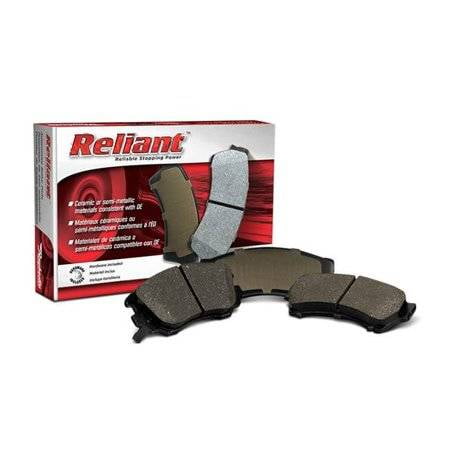VEVOR Universal Go Kart Forward Reverse Gear Box For 13HP Engine Transmission
5/8 Inch Go Kart Reverse Kit TAV2 Reverse Gearbox Kart 30 40 41 12T 10T Professional Go-Karts Accessories This Forward Reverse Gearbox is for go-karts, utility vehicles and other applications up to 13HP. It’s lightweight, rugged gearbox that allows operator the selection of three position: forward, reverse and neutral. This box works with a TAV2 30 torque converter system. It has 12T Sprocket #35 chain and comes with extra 10T #40/41/420 Chain. THE ONLY PART SHIPPED is included in our KIT (No driver / driven clutch, no go kart mounting etc). Specifications Material: Metal Shaft Size: 5/8″ with 3/16″ keyway Forward Ratio: 1:1.3 Reverse Ratio: 1:2.6 RPM: 2300 Shifting position: Forward, Reverse and Neutral Feature Complete reverse gear box kit with necessary mounting hardware For use on Go Karts, Dune Buggies, UTVs, and other off road vehicles This fluid filled gear box can be used with engines up to 13hp Shaft size for driven clutch is 5/8” with 3/16” keyway 2HP – 13HP, 2300RPM Suitable for # 35 chain 12T or #40/41/420 Chain 10T 10T Sprocket OR 12T Sprocket (Both included) Package Included: 1 x Gear Box Unit 1 x Handle Assembly 1 x Regulating Bracket 1 x 12T Sprocket 1 x 10T Sprocket 2 x Fixed Bracket 2 x Pull Line 1 x 5×5 Square Pin 1 x Runner 3 x M8x1.25×90 Screws 2 x 35×15.5×5.5 1 x M12 x 1.25 Nut 3 x M8 x 1.25Nut 5 x M6 Nut 3 x M6x12 Screws 2 x M6x16 Screws NOTE: Please only use on 30 SERIES. Jackshaft on Reverse Gear won’t fit 40 SERIES









Basic parameter- shaft size: 5/8″ with 3/16″ keyway Forward Ratio: 1:1.3 Reverse Ratio: 1:2.6 RPM: 2300Fitment- Ideal for use on Go Karts, Dune Buggies, UTVs, and other off road vehicles, for # 35 chain 12T or #40/41/420 Chain 10TShifting position- 3 shifting position,forward,reverse and neutral.





Reviews
There are no reviews yet.